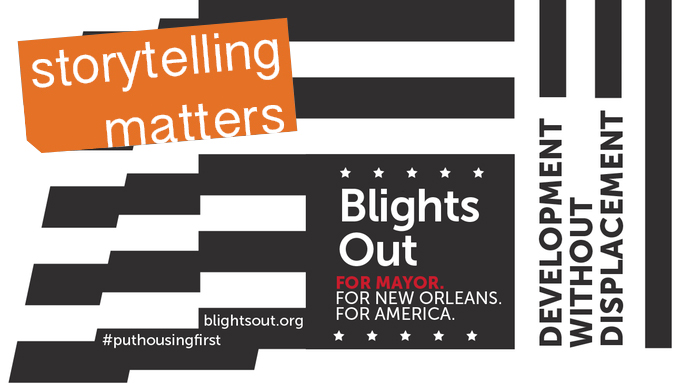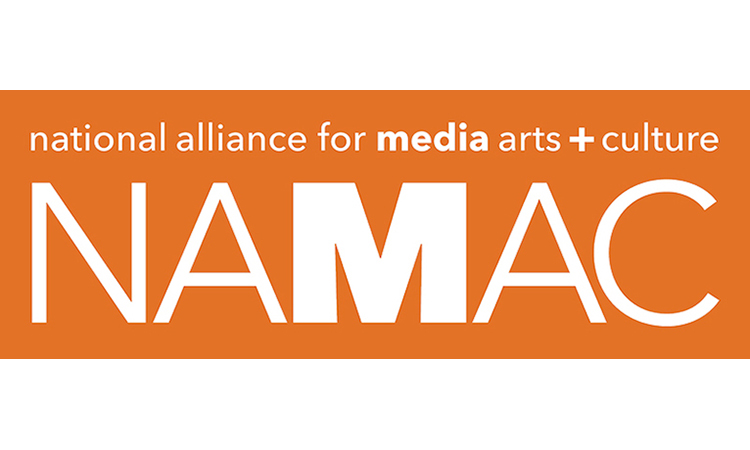Last year, we ran for President. (Kinda.) Now, Blights Out is running for Mayor! (Sort of!) While Blights Out isn’t planning a collective occupation of the Mayor’s office (yet), we are launching a year-long creative campaign called ‘Blights Out for Mayor’––a series of 12 billboards and 5 yard sign designs that call for and suggest entry points into a Truth and Reconciliation process that would redress the racist/classist/disaster capitalist policies and values imposed after Katrina. These messages seek to expand the horizon of our political imaginary, calling us to reevaluate our society’s relationship to property, land, and money. It is a call to action, a call to #PutHousingFirst.Click here to change this text
Archive for category: Photography
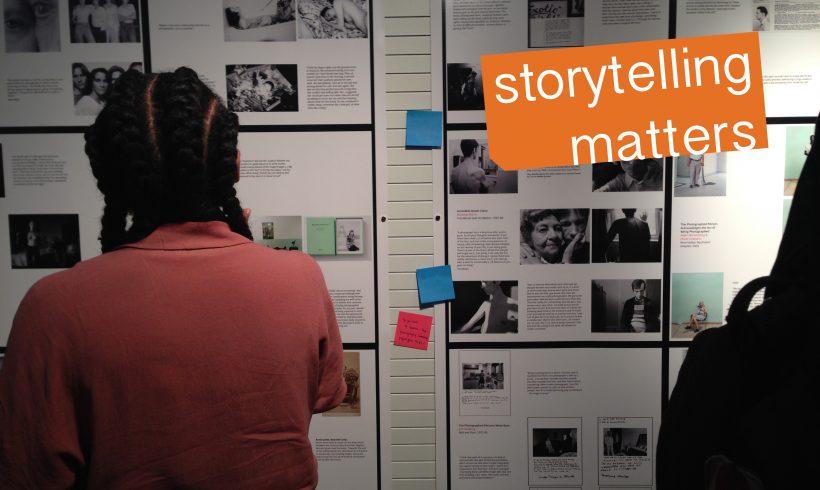
Photography Expanded at Magnum Foundation
By Hanul Bahm
On Thursday, June 8, Magnum Foundation presented Photography Expanded, a daylong presentation and panels on collaborative documentary practices.
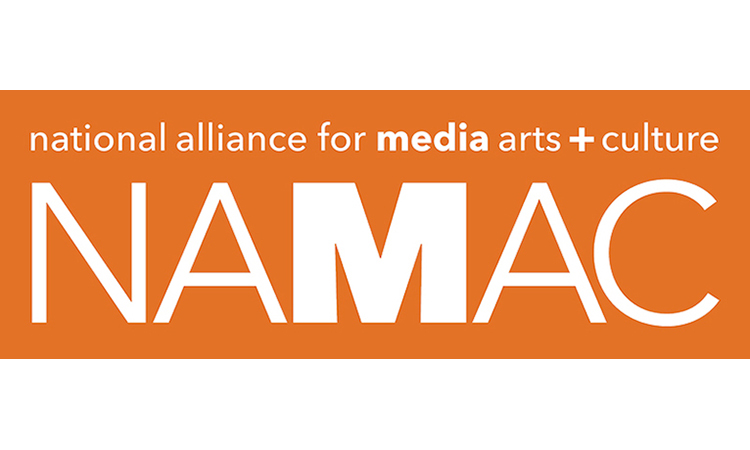
March 2016 eBulletin—your latest media arts + culture news
Facilitating collaboration, strategic growth, innovation, and cultural impact for the media arts field

January 2016 eBulletin—your latest media arts + culture news
Facilitating collaboration, strategic growth, innovation, and cultural impact for the media arts field
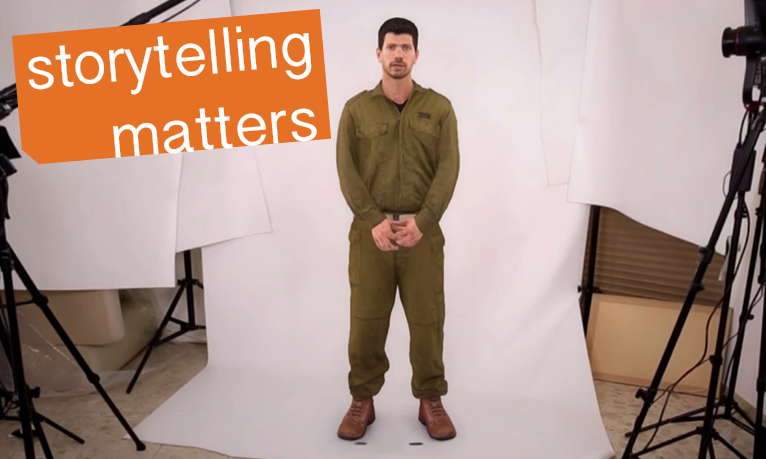
Virtual Reality in Conflict Zones
By Conor Risch
Like oxygen to fire, new generations of soldiers feed longstanding conflicts. It’s unlikely that young people who take up arms in places like Israel and Gaza, El Salvador, Afghanistan and the Congo actively choose to deny the humanity of their enemies. The cultures that raise them, and the history of the conflicts into which they step, cast enemies as “the other,” as people without decency or compassion or hopes and dreams, and it can be easy to avoid digging for alternate views.

Nieman Reports: ‘Greg Marinovich, NF ’14, joins with fellow photographers to showcase more of the images they create’
By Greg Marinovich
A couple years ago, just as I was starting my Nieman year, the “War/Photography: Images of Armed Conflict and Its Aftermath” exhibit curated by Anne Wilkes Tucker of the Museum of Fine Arts in Houston was traveling across the U.S.
Having just seen it in Los Angeles, my friend Jonathan Diamond called me. Why, he asked, when photojournalists shoot so many images on an assignment, are we limited to seeing just one or two in a newspaper or magazine? Why not showcase 10 or 20? There was, I said, no reason, other than the limitations of print.
And so The Stand started as a digital photojournalism magazine, one that would draw photographers from around the world, transcend borders by relying on images rather than text, and treat photojournalists and their work with respect.

